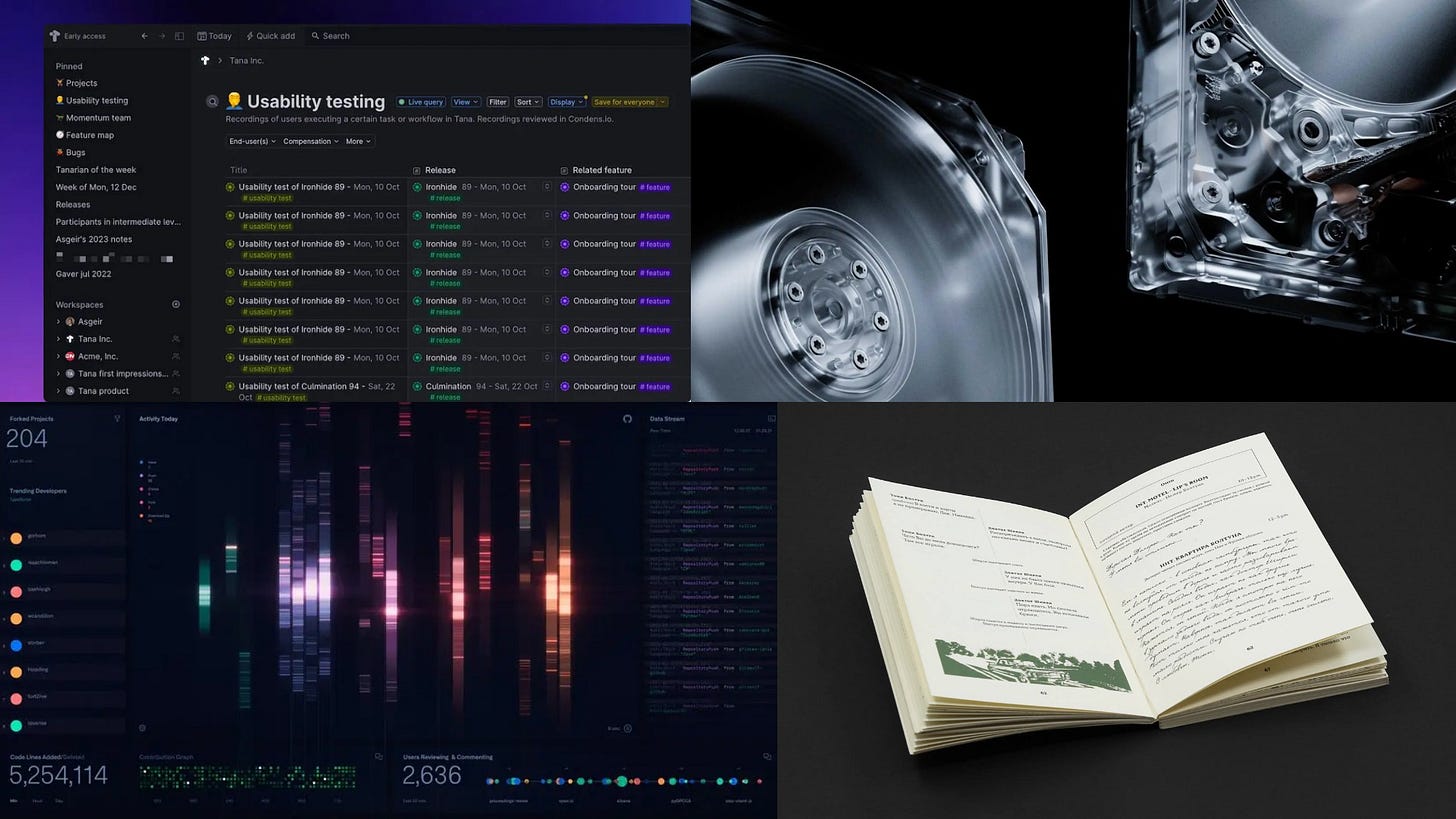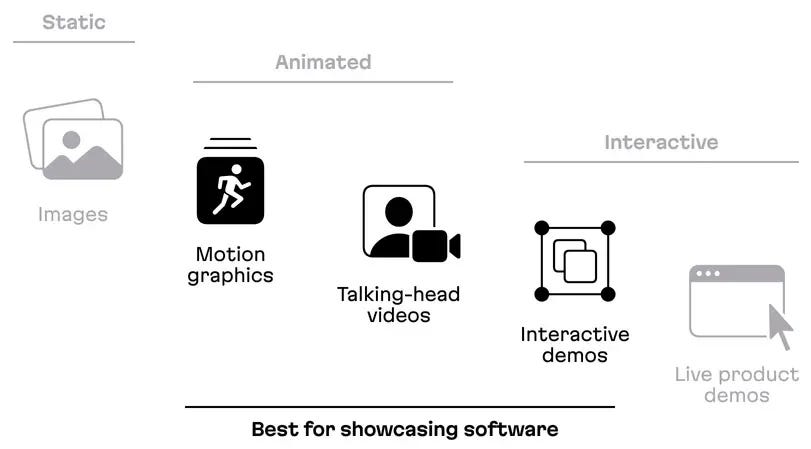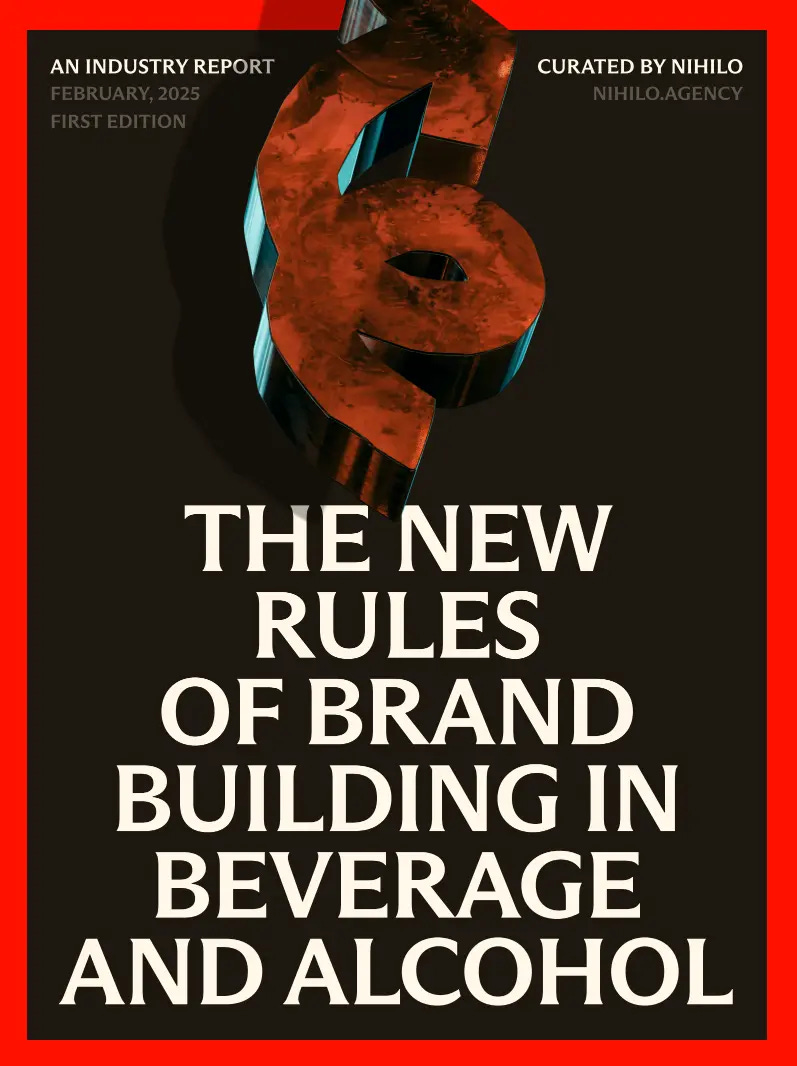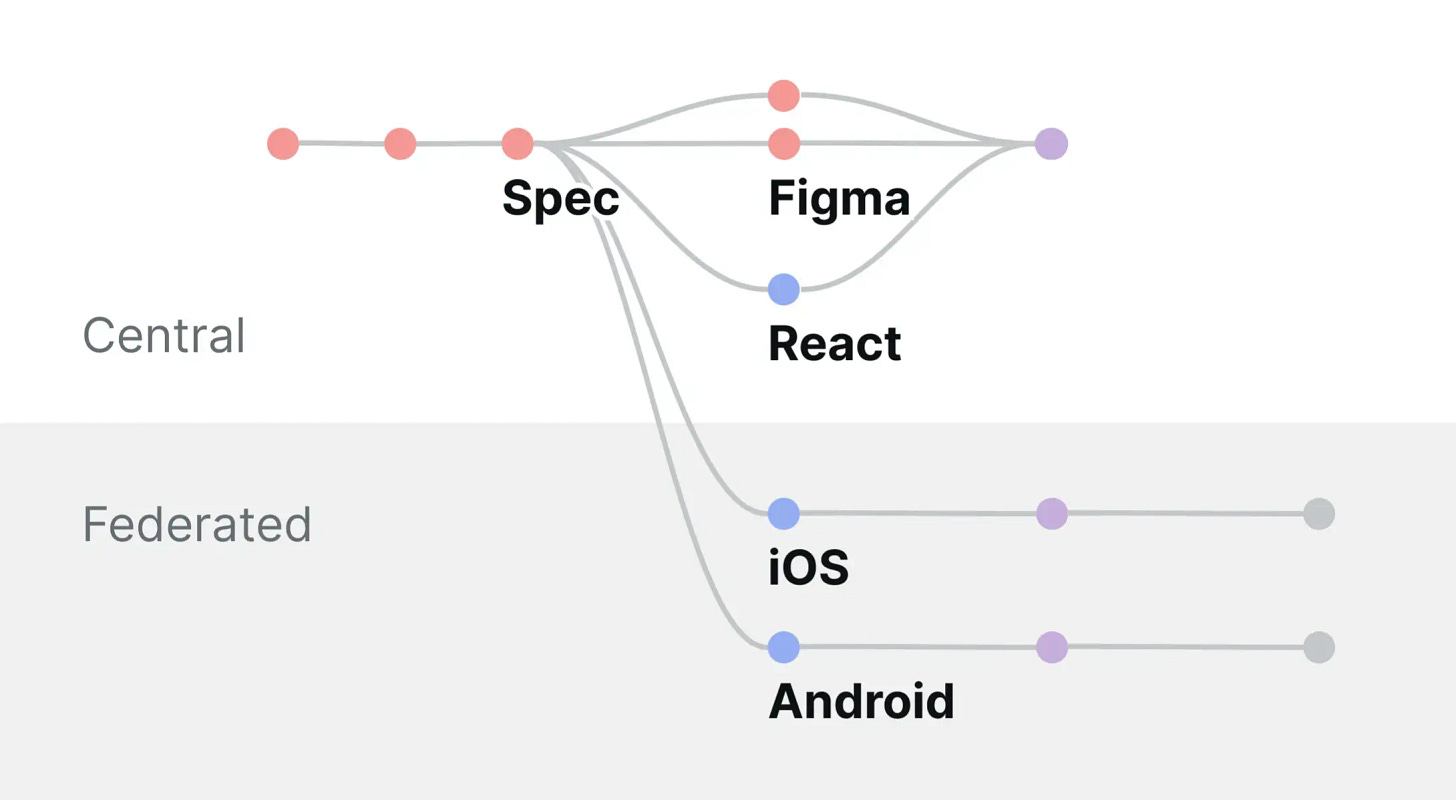Issue 137
Failing humanity's last exam
Hello, dear readers! 👋
In this issue, among other things:
How to effectively present product features on a landing page
A large report on the current principles of branding in the alcohol industry
How to manage a design system designed for different platforms and frameworks
Multi-user mode in Photoshop
How to improve mind mapping and learn much more effectively
What is a spiral of laziness and how to get out of it
A touching short film about the dangers of alcohol
The secrets of Duolingo's commercial strategy
…and much more!
Enjoy reading!
🗞 News and articles
3 smart ways to highlight features for landing pages or launch weeks
The "Evil Martians" explained how to effectively present key product features using motion design, video reviews, and interactive presentations.
They talked about the pros and cons of each of the techniques, explained why they should be used more often, and gave tips on how to use them. There are good examples in the article.
A few theses from the article:
Motion design allows you to effectively explain complex ideas in just a few seconds. For example, recording a product's interface can show its benefits without unnecessary comments.
Like motion design, video reviews help to show how a product works. They don't require a lot of production costs, but it's important to have storytelling skills.
Interactive presentations are well suited for demonstrating non-linear product usage scenarios. This technique can strongly engage the audience, but requires a lot of resources in production.
The New Rules of Brand Building in Beverage and Alcohol
Nihilo Agency has released a large report on the current principles of branding in the alcohol industry. They talked about brands that have adapted to the new market conditions and rethought the traditional approach to promoting their products.
The article analyzes examples of successful strategies and highlights key approaches to visual style, marketing communications, and product line expansion.
Managing Design Systems with Many Core Libraries
Nathan Curtis explained how to manage design systems that include many libraries for different platforms and frameworks. He explained how the expansion of the system affects its consistency, and suggested several approaches to synchronizing releases between design and development.
The article provides practical tips on organizing processes and maintaining a single source of truth.
⚡️ Briefly
Adobe has announced the launch of Live Co-Editing command mode in Photoshop and invited users to join the closed beta testing.
New technologies
A tiny London-based Proxy startup has released one of the most capable AI agents for the web. It is faster and smarter than ChatGPT, completely autonomous, and required minimal funds for training, amounting to 0.067% of OpenAI budgets. A thread with details.
Mistral showed a demo of the new Flash Answers feature in Le Chat. It allows the model to run at a speed of 1,100 tokens per second, which is 30 times faster than ChatGPT. Le Chat also taught you how to execute Python code within a minute and released apps for iOS and Android.
The Chinese company ByteDance has introduced UI-TARS, an AI agent for controlling a computer on behalf of a user and reasoning skills. It works with desktop, mobile, and web applications. Available as a free and open source macOS application.
Google has released Gemini 2.0 Flash, a new multimodal model designed for AI applications. It is noticeably cheaper than GPT-4omini, Deep Seek V3 and Haiku 3.5, while working more efficiently.
In January 2025, a team of experts published the Humanity Last Exam, or "humanity's last exam," an important new benchmark for LLM testing. It is designed as a highly complex multimodal test that covers a wide range of one hundred disciplines, including mathematics, humanities, and natural sciences. Its goal is to explore the real limits of modern AI. The test was created by about 1,000 experts from more than 500 institutions in 50 countries.
Over time, previous benchmarks have become insufficiently relevant and objective. This is largely due to the fact that AI have learned to pass them with accuracy results close to 100%. In some cases, the models could be specially trained to pass the tests.
The new test is much more difficult. The highest result of 26% was achieved by the DeepResearch model from OpenAI, while the GPT-4o produces 3.3% on it. The acclaimed DeepSeek-R1 received 9.4%. The authors of the project expect that by the end of the year, the models will be able to produce a result of no more than 50%.
Keep reading with a 7-day free trial
Subscribe to bezier.design to keep reading this post and get 7 days of free access to the full post archives.









